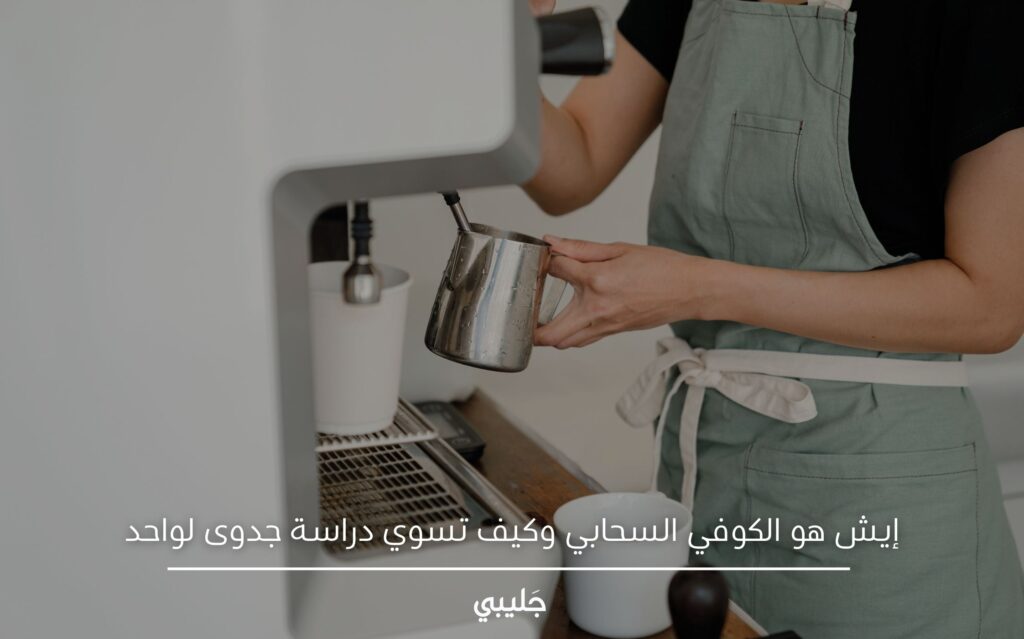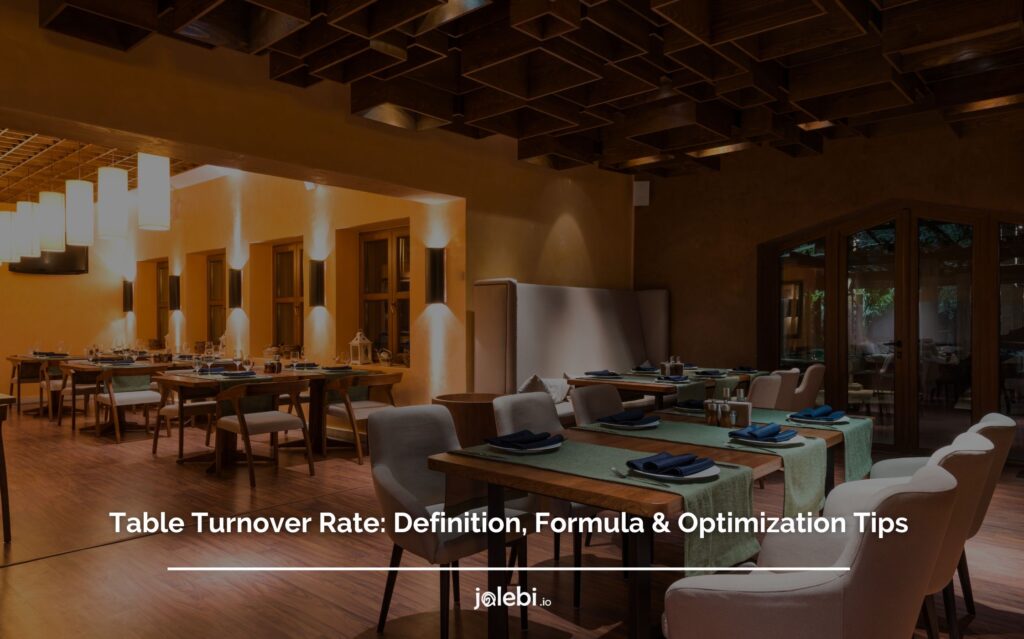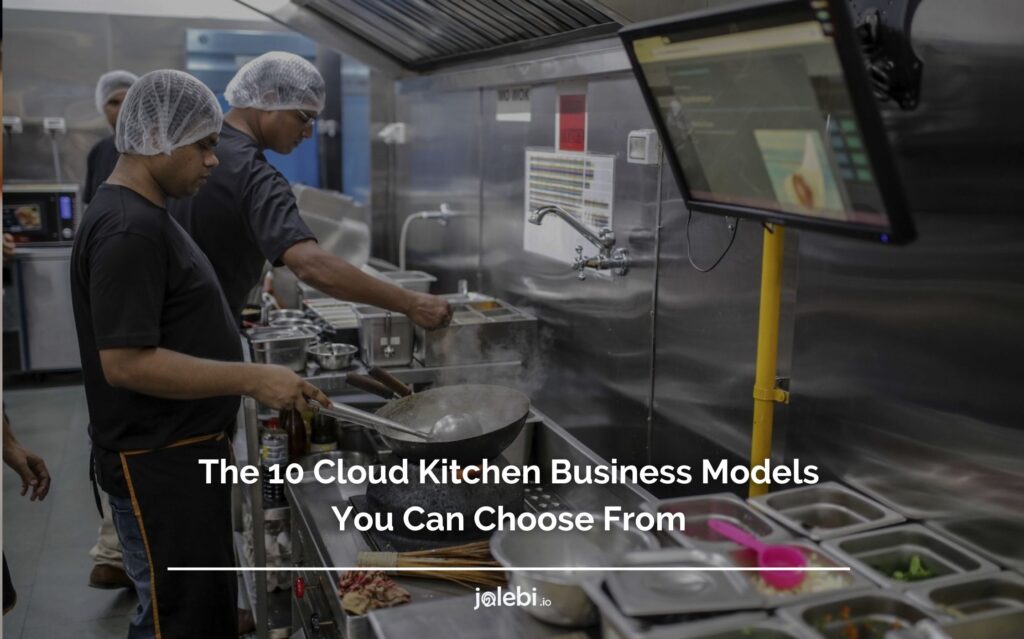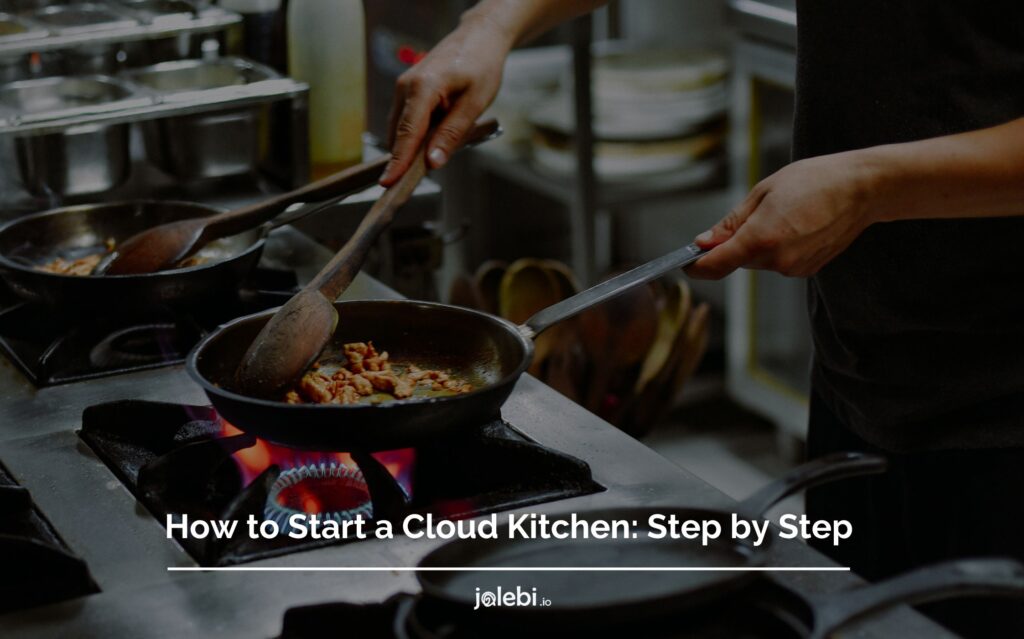Table of Contents
The First In First Out (FIFO) is an inventory management approach where the first items added to the inventory are assumed to be the first ones sold. In other words, the oldest inventory is used or sold first before newer items.
This method, ensures that products are consumed or sold in the order in which they were received or produced. FIFO is commonly used to manage perishable goods or items with a limited shelf life, helping restaurant businesses maintain accurate inventory records and reduce the risk of holding outdated or expired stock.
Advantages of using FIFO in inventory management
The First In First Out (FIFO) is the most common inventory management methods used in businesses today. It is simple to implement and easy to understand, which makes it a popular choice.
Here are five reasons why FIFO is such an important inventory method.
1- Ensures Timely Selling of Products
FIFO, or First In First Out, is an inventory management technique that is used to ensure that products are sold promptly.
This system is based on the principle that the first item to be stored in an area is also the first item to be sold from that same area.
By using this method, businesses can avoid having outdated products sitting on their shelves and instead sell items while they are still fresh and relevant. Additionally, FIFO can help to prevent the spoilage of perishable items.
jalebi.io’s inventory management system is designed to streamline inventory management for restaurants.
We follow the inventory-first approach to ensure that all of your restaurant’s inventory is accounted for and up-to-date. This allows restaurants to sell their menu items promptly.
2- Easier to Track Inventory
First in, first out (FIFO) is a method used to manage inventory levels. When new items are added to inventory, they are typically added to the back of the line.
This means that businesses always know which items have been in stock the longest and which need to be sold first. This can make it easier to plan for future sales and manage overall inventory levels.
One of the biggest advantages of the First In First Out Inventory method is that it can help businesses keep track of their inventory more easily.
Additionally, it helps staff know what needs to be replenished. This system can be used for any type of restaurant, from small cafes to large chains.
3- Better Customer Service
FIFO, or first in, first out, can be a helpful way for restaurants to provide a better customer experience. Through ensuring that customers always receive fresh food, businesses can avoid disappointing them with low-quality servings.
This can build customer loyalty and repeat business over time.
FIFO can be especially important for businesses that serve perishable items like seafood or salad.
These items can quickly become stale or go bad if they are not used promptly. By implementing FIFO, restaurants can ensure that their customers always enjoy fresh, high-quality food.
4- Keep Food Cost Low
FIFO, or first in first out, is a system that enables restaurants to reduce waste and keep food costs down.
This allows restaurants to save money on food costs, as well as reduce the amount of food waste they produce.
To follow the FIFO system, restaurants need to keep track of the age of all their food items.
This can be done by using a date-tracking system, such as color-coded labels or stickers. Once an item reaches its expiration date, it needs to be used immediately or thrown away. However, jalebi.io automates inventory management for you through its platform.
jalebi.io’s reporting feature makes it easy to track and manage your restaurant’s inventory, so you can always know exactly how much food you have on hand and what it costs.
This way, you can make sure you’re using your ingredients before they go bad, and not overspending on new ingredients when you don’t need to.
FIFO Formula
The formula is relatively straightforward:
Cost of Goods Sold (COGS)= Cost of Oldest Inventory × Quantity Sold from Oldest Inventory
Ending Inventory= Cost of Newest Inventory × Quantity of Newest Inventory + Cost of Older Inventory × Quantity of Older Inventory + …
In these formulas:
– Cost of Oldest Inventory: This is the cost of the earliest items added to the inventory.
– Quantity Sold from Oldest Inventory: This is the number of units sold that came from the oldest inventory.
The same principle is applied to the ending inventory formula, considering the cost and quantity of each batch of inventory from oldest to newest.
Example
Assume a small business sells widgets and has the following inventory transactions:
- Initial Inventory:
- 100 widgets purchased at $5 each.
- Second Purchase:
- 50 additional widgets purchased at $6 each.
- Sales:
- 120 widgets sold during the period.
Calculations
– Determine Cost of Goods Sold (COGS):
- The first 100 widgets from the initial inventory are sold, and 20 widgets from the second purchase are sold.
COGS=(100 widgets from Initial Inventory×$5)+(20 widgets from Second Purchase×$6)
COGS=($500+$120)=$620COGS=($500+$120)=$620
– Calculate Ending Inventory:
- Determine the remaining inventory after sales.
Remaining Inventory= (30 widgets from Second Purchase×$6)
Ending Inventory=$180
FIFO vs LIFO
| Aspect | FIFO (First In, First Out) | LIFO (Last In, First Out) |
|---|---|---|
| Basic Principle | Oldest inventory is sold first. | Newest inventory is sold first. |
| Flow Analogy | Like a queue – items sold in the order they were acquired. | Like a stack – newest items are the first to be used. |
| Financial Impact | Generally results in higher ending inventory values. | May result in lower taxable income during inflation. |
| Common Usage | Widely used and accepted internationally. | Primarily used in the U.S. due to tax advantages. |
| Matching Costs | Matches older inventory costs with revenue. | Matches newer inventory costs with revenue. |
| Tax Implications | Typically leads to higher taxable income. | May result in lower taxable income during inflation. |
| Suitability | Often favored when prices are rising or in inflationary periods. | May be preferred in times of falling prices or deflation. |
Other inventory management approaches available
1- ABC Analysis:
ABC analysis categorizes inventory into three groups based on their importance and value. ‘A’ items are high-value and critical, ‘B’ items are moderately important, and ‘C’ items are low-value with less impact. This approach helps focus attention on managing high-value items more closely.
2- Just-In-Time (JIT):
JIT is an inventory strategy where restaurants receive goods only as they are needed in the production process. It aims to minimize storage costs and reduce waste by ordering and receiving inventory just in time for consumption.
3- Par Level System:
The par level system involves setting a predetermined minimum level (par level) for each item in the inventory. When the actual inventory drops to this level, it triggers a reorder, ensuring that restaurants maintain sufficient stock without overstocking.
4- Batch Cooking:
Batch cooking involves preparing food in larger quantities at specific intervals rather than cooking items to order. This approach helps control inventory by reducing the risk of overproduction and ensuring that ingredients are used efficiently.
5- Economic Order Quantity (EOQ):
EOQ is a formula-based approach that calculates the optimal order quantity to minimize total inventory costs. It considers factors like ordering costs and holding costs, helping restaurants find the right balance between ordering in bulk and maintaining reasonable inventory levels
Restaurant Inventory Management With jalebi.io
If you’re in the business of food, then you know that managing your inventory is a top priority. After all, if you run out of food, your customers will be very unhappy. That’s why a restaurant management system is extremely important.
jalebi.io is an online restaurant management platform that leverages the inventory-first approach.
This means that restaurants can manage their inventory and track their sales in real-time, so they can make informed decisions about what to order, when to order, and how much to order.
It also provides restaurants with a suite of tools to help them streamline their operations, including a POS system, synchronized menus, and reporting tools.
With jalebi.io, you can keep track of everything from your suppliers to your transactions, making it easy to run your business smoothly. Not only that, but our platform is also very affordable, so you can get started without breaking the bank.
So what are you waiting for?
Contact us today and see how Jalebi.io can help you take your restaurant to the next level!











